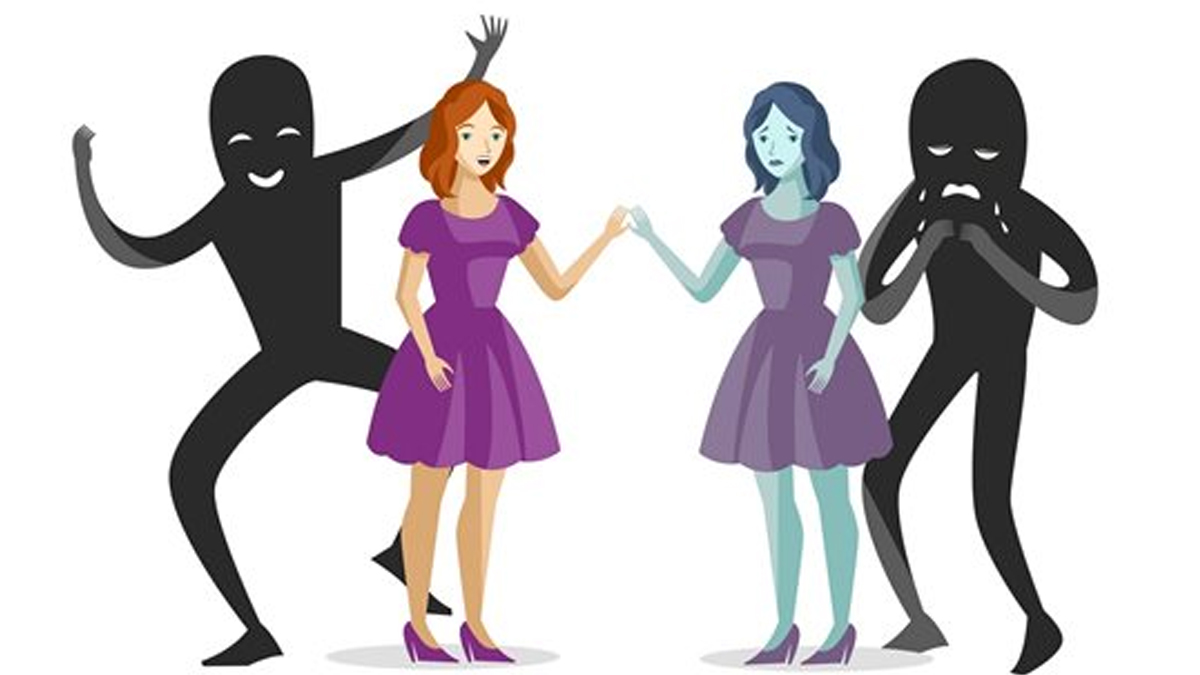It is common to sometimes feel down, while sometimes feel high. But sudden fluctuations of emotions, within the blink of an eye, can be a sign of bipolar disorder. But what is the disorder and how can you manage it?

A consistent unstable mood can be a result of bipolar disorder (previously and also known as manic depression), a condition in which sufferers experience extreme mood swings, characterised by an extreme feelings of euphoria (mania) to an extreme low state of mind (depression), vice versa, repeatedly.
You may have seen cases of bipolar disorder through the news and many celebrities have come out to the public as being a victim of bipolar disorder, such as rapper Kanye West, singers Selena Gomez and Halsey as well as Mariah Carey. Most recently, famous Australian rugby league player, Greg Inglis, spoke about his experiences with the disorder, on a national televised programme.
But what really causes this rollercoaster of the mind?
According to the NHS, the UK’s national health service, the exact cause behind bipolar disorder has yet to be fully understood. However, there are many factors contributing to this abnormality: genetic issues, chemical imbalances in the brain include noradrenaline, serotonin and dopamine as well as triggers associated with stress and life changes.
People with bipolar disorder have episodes of depression and mania – these can entail:
- Depression phase – feeling very low and hopeless, patients may experience symptoms such as sadness, emotional sensitivity, insomnia or sleep deprivation, inability to eat, feeling anxious, loss of interest in daily life, irritability, loss of libido and even suicidal thoughts.
- Mania – feeling very high and overactive, patients may feel like they want to have extraordinary fun, unable or no desire to sleep, impulsive, overconfident, loss-focused, experience strong sexual desires and find it hard to concentrate on daily work, while focusing on some projects with immense focus, at the same time.
These two mood phases are divided into different types of the disorder, depending on the severity of the symptoms. Episodes of both depression and mania can vary in their longevity and depend on triggering factors.
Between episodes of depression and mania, you may sometimes come across a period where you have a ‘normal mood state’, before hitting the mood-altering stage again.
However, bipolar disorder can be treated by taking medication to control and treat these extreme mood swings. It is also encouraged that you learn to notice the symptoms of the swings and get psychological treatment from specialists, while creating a stable lifestyle that includes exercise, sleeping regularly and planning enjoyable activities that have a positive, stabilizing effect on your mood.
Those that suffer from the disorder should look to reach out to help and receive proper and timely treatment that will greatly help the patient, to one day shine again.



